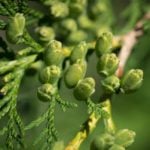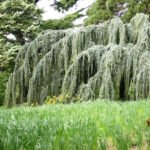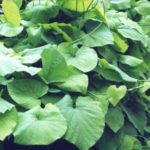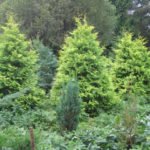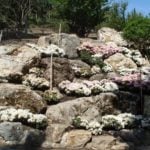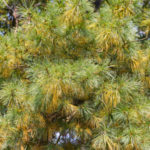What kind of animal is a microbiota? The translation from the Latin Microbiota decussata does not bring more clarity to ordinary citizens. “Something about microbes,” one of them decides. “A tiny biota,” others, more advanced in botany, will think, and will be closer to the truth. Biota, or the more familiar name — Oriental Thuja, is a distant relative of the microbiota, both are part of the tribe Thebecome one of the cypress family Cupressaceae. Externally, the shoots of the microbiota are really similar to thuja, though not so much flattened. In addition, it has a rare form of the elfin crown for thuja.
Microbiota is a relic of the Ice Age, discovered to science relatively recently, in 1921, its botanical description was given by academician V.L. Komarov in 1923, but since it was carried out according to herbarium collections from places of growth, for a long time coniferous plants were considered dioecious, and only in 1963 a monoecious one was indicated in scientific papers.
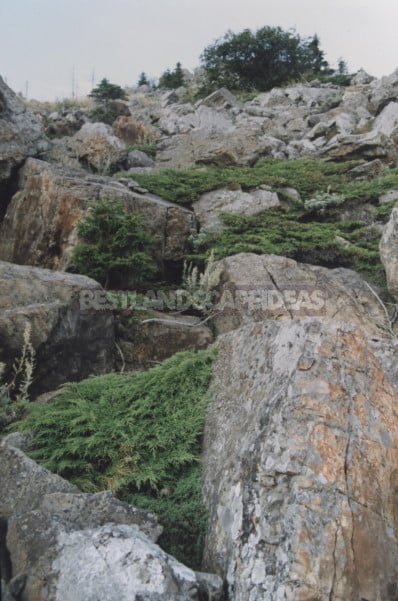
The microbiota is endemic to Sikhote-Alin. Probably, this coniferous tree appeared and developed during one of the not very warm and relatively dry periods of the geological history of East Asia.
In nature, the microbiota grows mainly in the belts of cedar elfin and Alpine coniferous forests, rarely on loaches. In the coniferous forest belt, it is widespread on rocky placers, where it forms thickets. At the lower limit of the distribution (at an altitude of about 300 m/984 ft above sea level), it occurs along mountain springs. In the best habitats, it forms monodominant communities with an area of 1-3 hectares, mainly located on the southern slopes.
In some places, there is a confluence of cedar habitats and microbiota, but the groups do not mix them. By its nature, the microbiota is not a high-altitude plant and grows in Sikhote-Alin on a loach only because of a small number of competitors.
The microbiota forms tiny cones 4-4.5 mm (0.15-0.17 in) long with one wingless seed. Pollination occurs in May-June, seeds ripen in August-September. In habitats, about half a million of its rudiments are received annually for each hectare of soil, so the soil seed supply is several million per 1 hectare, but wingless seeds are not able to spread over long distances. Shoots are observed only on their own burns. I have seen with my own eyes from 3 to 10 young plants per 10 sq. m. (the literature describes areas with 80-100 specimens of undergrowth per 1 m/3.3 ft).
The first 6-12 years of young plants are very different from adult needle needles. The undergrowth at the age of 10-20 years can have a height of only 45.7-55.9 cm (18-22 inches). Adult plants form shoots-whips, spreading 2-3.5 m (6.6-11.5 ft), that is, one plant can have a crown up to 4-5 m (13.1-16.4 ft) in diameter and up to 1.2 m (3.9 ft) in height.
The maximum length of the branches of the microbiota reaches 6-7 m (19.6-23 ft) with a diameter of the inner trunk of 16 cm (6.3 in). Sometimes there is the formation of adventitious roots on branches pressed to the soil. It grows slowly, although the average annual growth is 10.5-17 cm (4.1-6.7 in). The age of individuals reaches 150-230 years.
The microbiota is light-loving and almost does not suffer from meteorological factors and pests. In natural conditions, it is stable in harsh winters and tolerates daytime overheating well in summer, when the stones (among the thickets of microbiota) are heated to +60°C ( 140°F). Often it is provided with water only due to condensation of moisture on the stones.
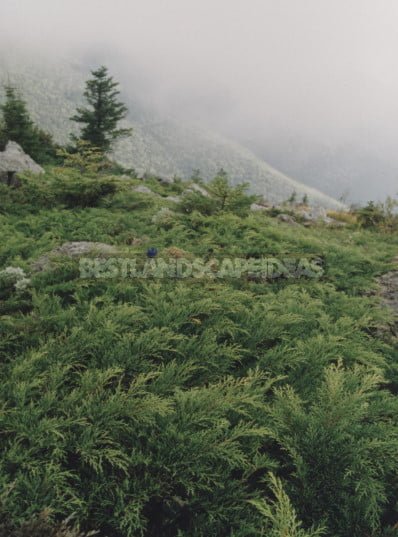
The structure of the microbiota of elderberry bushes is such that it creates a multilayer coating of living and dead branches, so evaporation occurs very slowly, and the soil covered with bushes spread over it is constantly in a sufficiently moistened state.
The plant is of great scientific interest and is valuable for landscaping, especially rocky areas. It is protected in the Sikhote-Alinsky and Lazovsky reserves named after L.K. Kaplanov, other distribution points need protection and organization of reserves.
Fires in the thickets of this unique plant appear to arise not so much from lightning as from visitors to these places. The microbiota is seriously affected by fire, because living branches contain flammable resinous substances, and together with a large number of dry dead branches can instantly flare up at any time of the year from the slightest spark.
Microbiota has been present in the collections of botanical gardens since the 30-40s. This relic and endemic has become a fashionable feature of children’s botanical gardens, which is very annoying. Probably, it’s all about reproduction: seeds are practically impossible, they are difficult to get, and special conditions may be required for germination; cuttings on average give low results (30%).
When grown in the middle zone, the microbiota needs light shelter in winter, as it can suffer from the bright sun during snowmelt.


